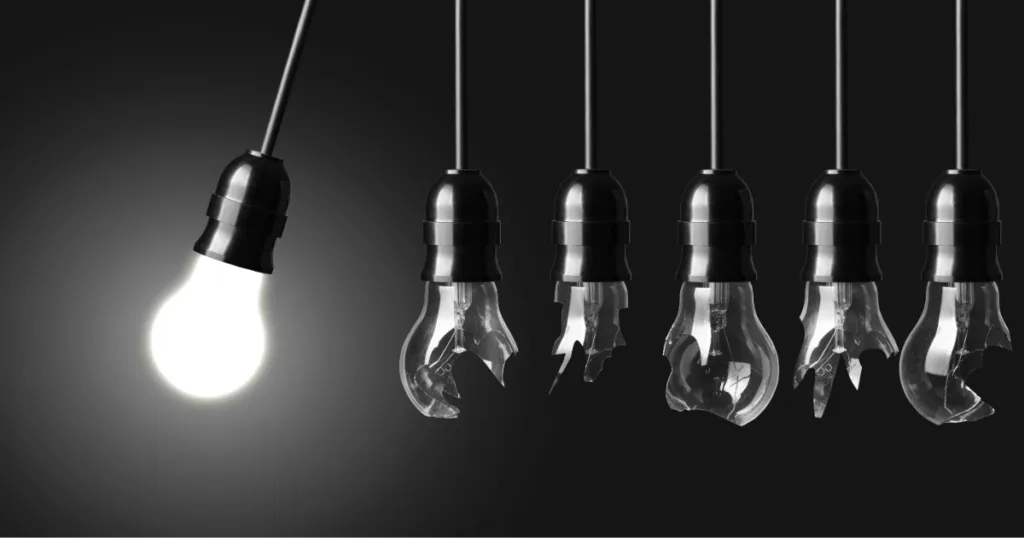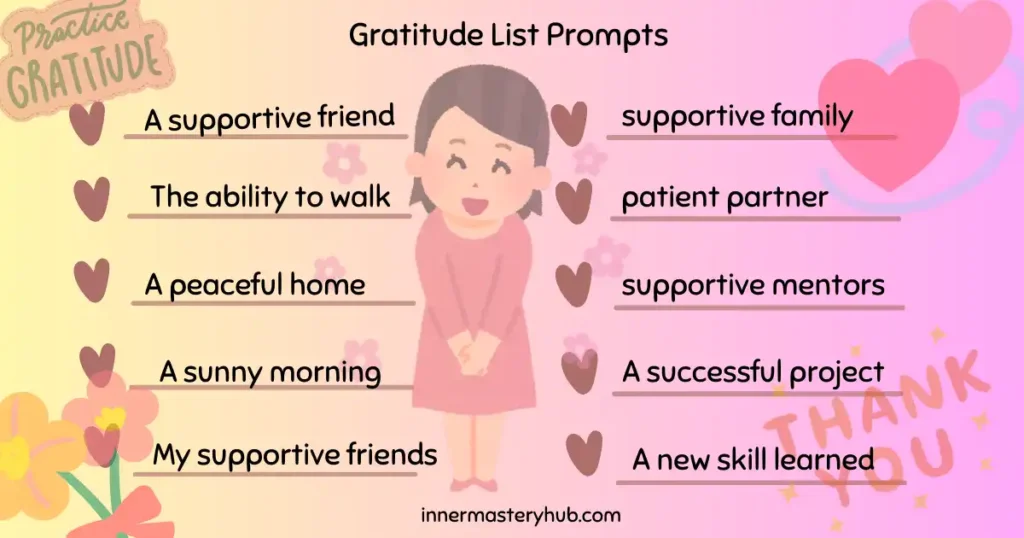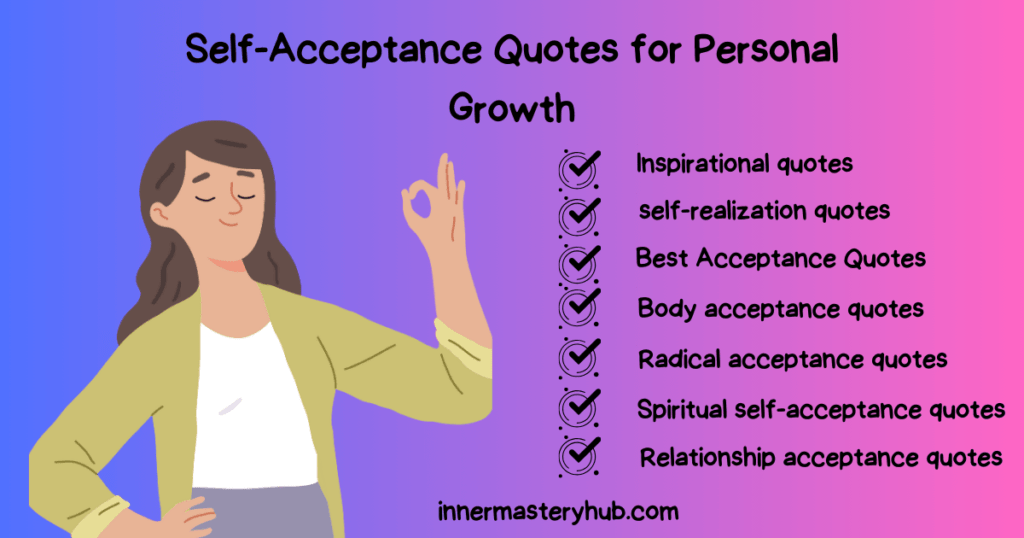Intent vs Impact: When Intentions Clash with Outcomes

If we do not consider all relevant factors, even with the best intentions, our actions could have negative consequences.
Sometimes, people don’t understand each other. Everyone acts differently because of their life experience, biases, and points of view. This is true whether they’re grocery shopping or arguing with a colleague.
People often perceive that they mean well when they do something terrible. But having reasonable goals doesn’t always mean good things happen. The most important thing to remember is that our deeds, not our intentions, impact overall well-being most, which is what Intent vs Impact is all about.
When we take actions intending to do good, we frequently attempt to accomplish what we consider beneficial or correct. It is possible that we do not possess all of the information or abilities that are necessary to make the most appropriate choices. Consequently, even if we have the best intentions, we could wind up causing trouble or having unfavorable outcomes.
Therefore, we must analyze the probable effects of our activities and make judgments based on what will benefit the most. This entails gathering information, getting feedback, and considering the outcomes before acting. Doing so ensures that our activities reflect our ideals and make an impact.
The difference between Intent vs impact
The term “intent” describes the intention, or reason, underlying our words and actions—what we deliberately want to communicate. However, the impact results from our words and actions on other people, frequently shaped by their views and interpretations.
Even with the best intentions, the results can vary because of personal experiences, cultural variations, or unforeseen circumstances. Establishing genuine relationships and promoting effective communication requires understanding the differences between Intent and impact.
Real-Life Examples of Intent vs Impact
EXAMPLE 1
Intent: Suppose you sincerely mean to praise a buddy for their weight loss and show appreciation for their commitment to leading a healthy lifestyle.
Impact: However, your friend, who has been dealing with health problems, takes the remark as an attack to mean that their value is exclusively dependent on how they look. In this instance, the effect differs from the well-meaning compliment you wanted to make because it unintentionally brings up a touchy subject for your friend.
EXAMPLE 2
Intention: You make a lighthearted joke to lighten the mood and build a healthy work environment during a team meeting.
Impact: One of your colleagues, who is sensitive to the topic for personal reasons, finds the joke offensive and causes confusion. A coworker becomes uneasy as a result of your well-intentioned joke, which has a different effect than you had hoped.
These scenarios show how our words and actions may not match our intentions. Awareness of possible implications and open communication can bridge the gap between Intent and impact.
How to Close the Intent vs Impact Gap
The Intent vs impact gap must be closed for better communication and relationships. Here are some ways to bridge the gap between our intentions and how others see us:
1. Active Listening
Participate in attentive listening to understand the perspectives of others. To accomplish this, listening to their feelings and non-verbal clues is necessary. The space that you create for more effective conversation is created when you are present and engaged.
2. Seek Feedback
Obtaining input from other people is a great way to encourage open communication. It would be best to ask how they interpreted your actions or message and whether there were any unexpected consequences. Using this preventative approach, you can handle misunderstandings before they become more serious.
3. Restraint of judgment
Be careful with your judgment. Forming a hasty judgment about someone based on their acts is simple. The actions taken are essential, but when the intentions behind those actions are comprehended, the negative consequences can be viewed differently, and the journey to reconciliation can start. Restraint of judgment can help reduce the likelihood of misunderstandings and pave the way for forgiveness.
4. Empathy and Perspective-Taking
It would be best to put yourself in their shoes to comprehend other people’s viewpoints. Empathy enables you to predict how your words or actions might be received, which in turn helps you develop connections with others. Consideration of various viewpoints contributes to creating a more accepting and understanding atmosphere.
5. Pause and Reflect
When responding to someone in a discussion or making a decision, take a minute to consider what you want to say or do. Recognize how your words or deeds may affect others and consider whether they support the point you want to make. This attention to detail helps prevent accidental injury.
6. Take Responsibility
Determine who is accountable. Putting too much weight on personal traits and not enough on surrounding factors when explaining others’ behavior can make it hard to understand others and make wrong assumptions about their actions, leading to fundamental attribution errors.
Constructing more effective accountability procedures is not always easy to achieve close alignment between Intent and impact. In addition to making amends, this also involves offering rewards for proper conduct. Many businesses have set up diversity, equality, and inclusion (DEI) departments to promote transparency and responsibility.
How not to react to unintended impact
Be proactive and solution-focused rather than reacting on an impulse. Together with the impacted person, come up with solutions to deal with and avoid reoccurring problems.
Better care or planning may have prevented some of the following instances. We often don’t know how we’ll affect others. When good intentions backfire, it’s natural to feel defensive. A defensive position can worsen the issue despite our good intentions.
How we react might enlarge or narrow the gap between good intentions and harmful effects. Never try to downplay and ignore how the other person feels. Though we can’t control someone’s feelings, they’re nonetheless valid. We can’t fix an unwanted response by diminishing sentiments.
If your intention doesn’t align with your impact
As a result of the fact that everyone tends to evaluate their reactions based on their interpretation of a scenario, unintentional hurt will inevitably occur; none of us are above the occasional “ouch.”
Suppose another person tells you that you have wounded or offended them. In that case, the rest of your relationship, whether it be professional, romantic, or platonic, how you handle these circumstances can make or destroy your relationship. Here are some essential things you can do about the situation:
> Without interrupting, give the other person your undivided attention while attempting to comprehend their viewpoint. This builds trust and shows respect.
> Remind them that you understand their feelings, even if you didn’t mean to upset them. “I understand why you’re feeling hurt,” or “I would have felt the same way in that situation,” are examples of statements that can be beneficial. “I apologize for what I did, and promise to do better next time” is a simple statement that will leave a lasting impression.
> When you are unaware of how you caused the hurt, it is essential to ask clarifying questions to better grasp their point of view. This willingness to learn contributes to the closing of the gap.
> When it comes to avoiding future misunderstandings, open and honest communication is essential. Openly communicate your emotions, and pay close attention to what they say.
> Learn from your mistakes: Consider what happened and see it as an opportunity to learn and develop. How could you have handled the situation differently? What does it mean to you to be more mindful in the future?
Strategy to deal with the Intent vs Impact misaligned Outcome
A planned and careful approach is necessary to effectively handle a scenario where the Intent and impacts are not aligned. Here’s how to deal with these differences:
Apologize
Try your best to express regret for the hurt caused and offer a sincere apology, even if it was an accident. Make no excuses or justifications if you don’t want to come across as dismissive.
Learn The Conflict Resolution Skill
Always be mindful of the impact of your actions in challenging circumstances because conflict is a natural part of life. For instance, if you disagree with someone, the words and actions you choose to use might exacerbate the situation. Before you talk, make an effort to plan and concentrate on the influence that your behavior will have.
Adopting a positive approach to conflict
It is possible to embrace conflict constructively by promoting open communication and viewing differences as chances for learning. Disagreements can benefit a group by sparking fresh ideas and solutions to problems.
Try to have an open conversation about your diverse points of view, for instance, if you and another team member have different opinions. Through the open and honest expression of your viewpoints, you may be able to reach a compromise or come up with a new solution.
The importance of open and honest communication
The constant gap between Intent and impact can damage personal and professional relationships. We say one thing, but it resonates differently, causing misunderstanding, harm, and frustration.
Open and honest conversation solves this communication problem significantly. We may minimize the Intent versus impact gap and build stronger relationships by being transparent and fair.
Open and honest communication helps navigate these rough waters. By being transparent and listening, we can:
Avoid ambiguity; direct communication reduces misinterpretation. And reduces the likelihood of ambiguity.
Openness and honesty show others we regard their sentiments and build trust. This fosters trust and a safe setting for honest communication.
Increase empathy by actively listening and understanding others. This helps us understand their perspective and how our words and actions affect them. Effective conflict resolution through honest communication helps us resolve differences. We can communicate our goals, listen to their concerns, and create a solution that works for everyone.
Intent Vs Impact in the Workplace
How people interact in the workplace and the general work environment greatly affects how intent and impact change over time. Intent is what we want to say or accomplish. Even though goals are usually reasonable, the results can be different because of things like how people see things, cultural differences, or unplanned events.
Understanding the impact is crucial because it shows how our actions affect our coworkers, the team’s work, and the general workplace tone. To improve communication and teamwork, one must be aware of the difference between what is meant and how it is understood.
When people are at work, being aware of purpose and effect helps avoid misunderstandings, promotes a positive work culture, and creates more muscular, more understanding working relationships.
FAQS about Intent vs impact model
What is the Intent vs Impact model?
This distinction between what someone intends to do and what occurs is examined by the purpose vs. impact paradigm. It emphasizes how crucial it is to understand that even well-intentioned words or acts might be interpreted differently. People can use this concept to solve communication issues and build empathy-based connections.
How can we prioritize impact?
To prioritize effect, you need to be aware of how your actions impact other people. To minimize unforeseen repercussions, it entails engaging in continuous listening, soliciting input, and modifying your communication style. Prioritizing impact requires empathy, understanding many viewpoints, and fostering an environment that values criticizing others in real life through words and deeds.
How can you use introspection to identify and correct decision-making biases?
Finding decision-making biases can be facilitated by introspection, which involves considering your thoughts, emotions, intuition, and underlying presumptions. Self-aware people are better able to recognize their shortcomings and take action to address them, which results in more unbiased decision-making. Making better decisions and minimizing biases requires regular self-reflection and being willing to challenge presumptions.
How can you use perspective-taking to understand your biases?
People can better recognize their biases by attentively considering other people’s perspectives. Looking at things from diverse perspectives helps people identify their own biases and have a better understanding of how various events shape views. Self-aware people are better able to make inclusive, objective decisions.
What is the difference between intent and impact?
Intent is what you meant or hoped to do; impact is how your action was actually received or the effect it had.
Which is more important — intent or impact?
While intent matters, in many situations the impact is more significant — how someone felt or what happened tends to carry more weight than your internal motive.
What causes a mismatch between intent and impact?
Differences in perception, past experiences, culture, assumptions, and blind spots can lead your well-intended action to land differently than you expect.
How can I respond when I learn my impact was negative, even though my intent was good?
Listen without defensiveness, acknowledge the effect, take responsibility for the impact (even if unintentional), apologise if needed, and adjust behaviour going forward.
How can I avoid unintended negative impact in the first place?
Pause before acting, consider how your words or actions might land for others, ask for feedback, and check whether your intent aligns with the likely impact.
How can organisations apply intent vs impact for diversity/inclusion?
Organisations should emphasise how actions are received (impact) and not assume good intent covers everything. Encourage open dialogue, ask how policies or behaviours land with different groups, listen to feedback, and adjust accordingly.
Why do misunderstandings happen between intent and impact?
People interpret words/actions through personal experiences, culture, bias, and context. Your intent may be one thing; how someone receives it is another. That gap causes conflicts even when no harm was meant.
What role does apology play when intent ≠ impacts?
A genuine apology focuses on the impact: “I’m sorry that what I said made you feel…” not “I’m sorry if I hurt you.” The former acknowledges the effect and takes responsibility, which helps repair trust.
How do we talk about intent vs impact without shame or blame?
Use curiosity and openness: Ask “What was your intent?” and “How did this land for you?” Focus on listening, understanding perception, and co-creating better future interactions rather than assigning blame for past mistakes.






